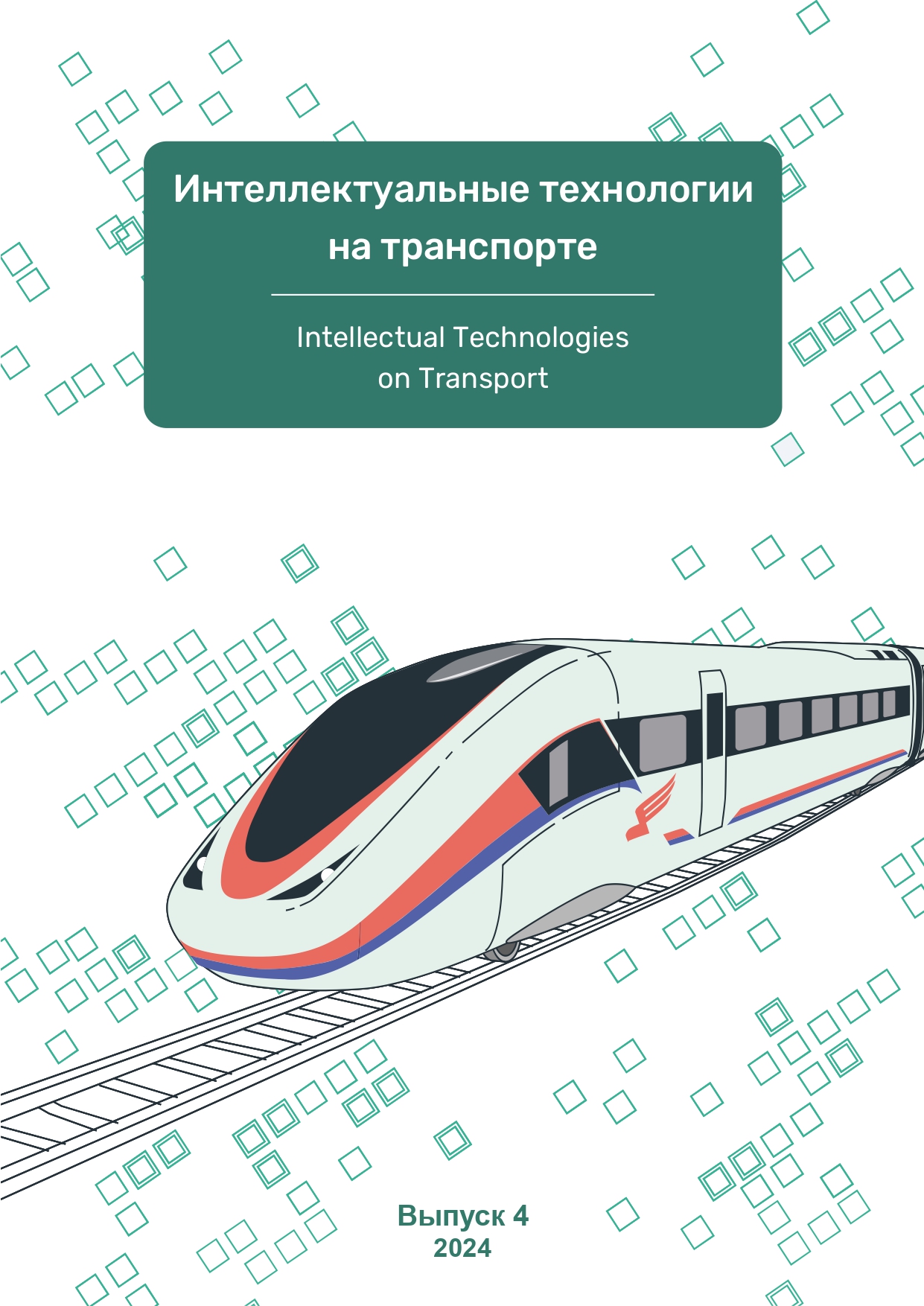Russian Federation
Russian Federation
Russian Federation
Russian Federation
Abstract. The article discusses two problems arising in the theory of optimal processes: 1) controlling a dynamical system under the condition of a minimum of the selected estimate of the intensity ꭓ [u] of the control forces; 2) observation, i.e. calculating the current coordinates — xi (t) of a moving object from the measurable functions yj from these coordinates. The main attention is paid to objects described by linear equations (for which, however, nonlinear laws of optimal control are derived from the minimum conditions ꭓ[u]). The solution of the problems under consideration is given, based on the methods of functional analysis based on the representation of observation problems and decision-making based on the closure of the control circuit based on quantum and neurocomputer technologies. Minimax rules are formulated and substantiated, which determine the optimal control actions or optimal resolving operations in cases of control and observation of a dangerous situation on the road, respectively. The duality between the processes of control and observation is discussed. The connection of the considered problems with the basic concepts of quantum information theory is established. Numerical methods for determining optimal control forces are described. The connection of the considered problems with the basic concepts of quantum information theory is established. Numerical methods for determining optimal control forces are described. The problem of control in a conflict situation of a possible collision of an unmanned controlled object with a pedestrian is considered. To solve this problem, a rule of extreme pedestrian warning is proposed, which provides a minimum of time for an accurate human response. The relationship between the solution of the problem of observation of a linear object and the canonical decomposition by Eigen elements of the motions of a dynamic system with an aftereffect is studied. The problem of calming the disturbed movements of the controlled system with the aftereffect is considered. A solution to one problem of observing the motions of a linear system under random interference is given.
information technology, digital technology, automation, guide, integration
1. The Digital Economy in Russia. Part 1 // Anna Maria Rada Leenders’ Blog. 2018. 16 August. URL: http:// russiancouncil.ru/en/blogs/leenders/the-digital-economy-in-russia-part-1/ (data obrascheniya: 28.05.2024)..
2. Quantum Initiatives Worldwide 2024 // Qureca. 2024. 01 April. Updated 18 June 2024. URL: http://www.qureca. com/quantum-initiatives-worldwide (data obrascheniya: 24.06.2024).
3. Quantum Technologies in Russia / A. K. Fedorov [et al.] // Quantum Science and Technology. 2019. Vol. 4, iss. 4. 1Art. No. 040501. 8 p. DOI:https://doi.org/10.1088/2058-9565/ab4472
4. Kobzev S. A. O prioritetah v innovacionnoy deyatel'nosti OAO «RZhD» // Zheleznodorozhnyy transport. 2019. № 2. S. 29–36.
5. Charkin E. I. Novaya tehnologicheskaya real'nost' // Avtomatika, svyaz', informatika. 2018. № 1. S. 2–5.
6. Pokrovskaya O. D., Panychev A. Y., Khramtsova E. R. Digitalization of the Transport Industry in Russia: Trends, Drivers, Potential // Problems of Enterprise Development: Theory and Practice (PEDTR 2019): Proceedings of the 18th International Scientific Conference (Samara, Russia, 19–20 December 2019). European Proceedings of Social and Behavioural Sciences. 2020. Vol. 82. P. 341–349. DOI:https://doi.org/10.15405/epsbs.2020.04.44
7. Semion K. V. Strategiya cifrovoy transformacii // Avtomatika, svyaz', informatika. 2019. № 4. S. 5–6.
8. Rozenberg E. N., Umanskiy V. I., Dzyuba Yu. V. Ot sistem avtomatiki k intellektual'nym sistemam upravleniya // Avtomatika, svyaz', informatika. 2017. № 11. S. 7–11.
9. Urusov A. V. Cifrovaya zheleznaya doroga // Avtomatika, svyaz', informatika. 2018. № 1. S. 6–8.
10. Tapscott D. Grown Up Digital: How the Net Generation is Changing Your World. New York: McGraw-Hill, 2009. 384 p.










